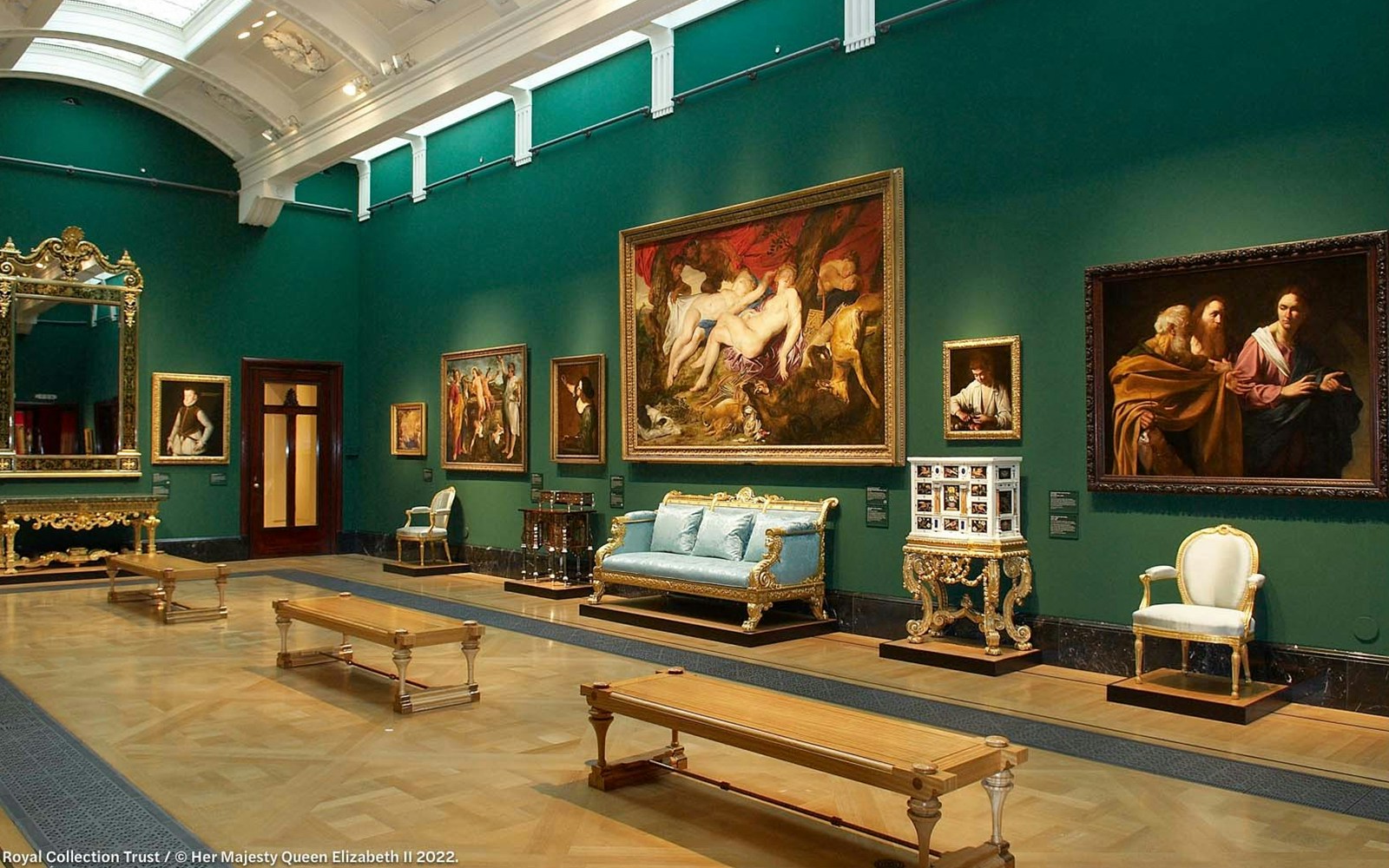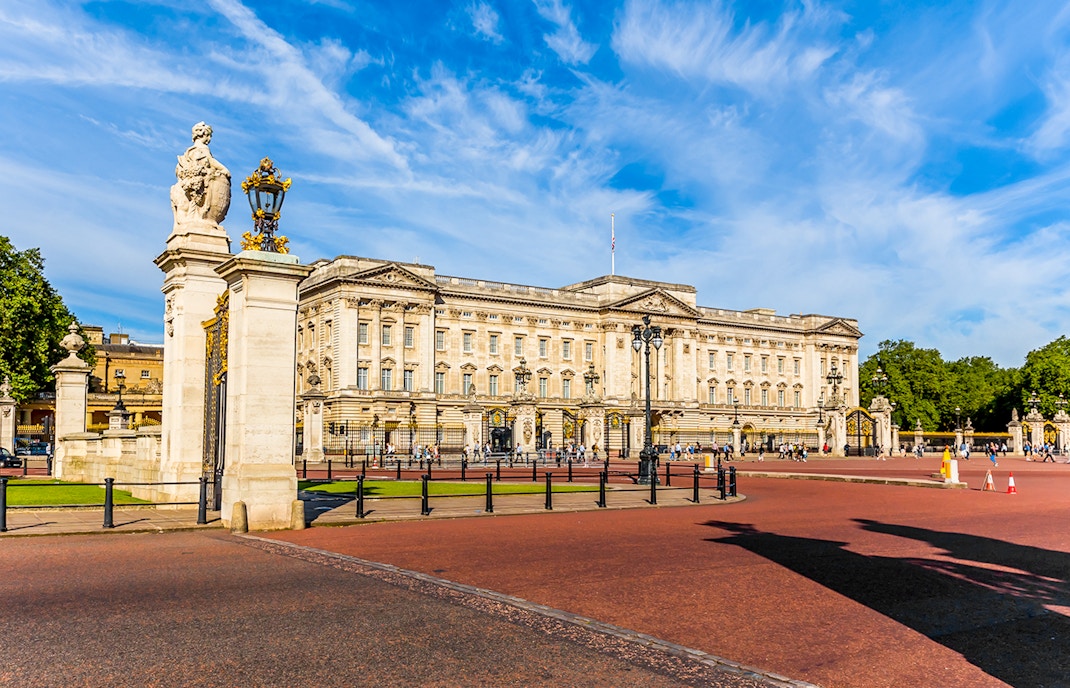Opening hours:
- Buckingham Palace opens its doors to the public only a few times each year, typically from early July to late September. At the moment, the Palace is closed to visitors.
- You can still visit the King's Gallery, which is open Thursdays through Mondays from 10am to 5pm, or catch the Changing of the Guard ceremony at 11am on Mondays, Wednesdays, Fridays, and Sundays!
Best time to visit: If you want to explore the Palace in peace, try visiting early in the morning or late in the afternoon on weekdays. During these times, you will likely run into smaller crowds. But if you don't mind the lively and chirpy atmosphere that comes with a big crowd, you can visit anytime you like!





























